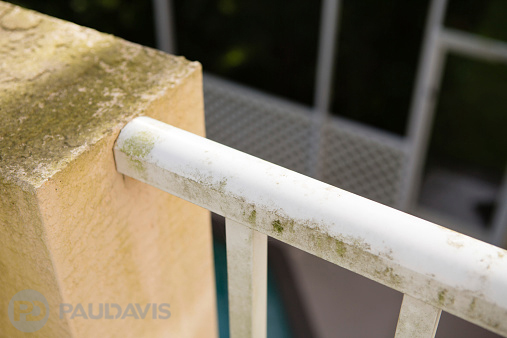
Mould: the word strikes fear into the heart of every homeowner, but in reality none of us could live without it. These tiny fungi that grow by forming thread-like filaments are Earth’s most important recyclers. Most of the planet’s more than 200,000 species are benign or even beneficial to humans, yielding items we adore like yeast, truffles and mushrooms. Other types are hard at work out of sight, breaking down dead wood or freeing up nutrients for ocean fauna. Medicine reveres the day scientists discovered one particular strain: penicillium.
These hardy little fungi thrive any place inside and outside that contains moisture, oxygen and temperatures between 4 and 38 degrees Celsius. None of us spends a day without encountering mould spores in the air we breathe, both outdoors and indoors, and for most of us, these tiny travellers cause no harm. Mould in the built environment, however, demands caution. Health Canada and the World Health Organization concur that living or working in structures with mould damage raises the risk for respiratory problems.
While every structure contains mould spores, only some houses and buildings struggle with controlling their overgrowth: those with excess moisture from water or flood damage, elevated and prolonged humidity, or dampness. Isolated, small patches of growth such as mildew on a shower curtain are not a major health concern. Problems begin when mould colonizes larger areas of homes, affects furnishings and flourishes in hidden areas such as behind walls, near leaky appliances or beneath siding and roofing materials on outside structures. In these circumstances, mould can cause familiar allergy-like symptoms such as runny nose, itchy eyes, and respiratory troubles similar to those caused by irritants like pollen. It can also rapidly destroy building materials.
Smart homeowners call for professional help to remedy large patches of visible mould or if they suspect hidden mould. Experts locate concealed growth, identify specific species, remove it safely with proven processes, and prevent its return. Happily, most mould problems in homes are unsightly rather than unhealthy. Black mould – prominently featured in the news as fearsome – is actually less common than other mould species, though it produces more mycotoxins than most other types of mould.
The best defence against mould inside and out? Keeping it at bay by lowering humidity, fixing leaks and rapidly cleaning up water damage. With the right conditions present, these hardy little organisms begin flourishing in just 24 to 48 hours.
